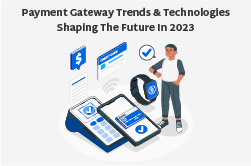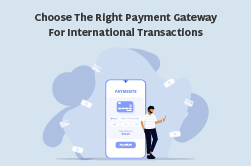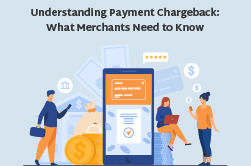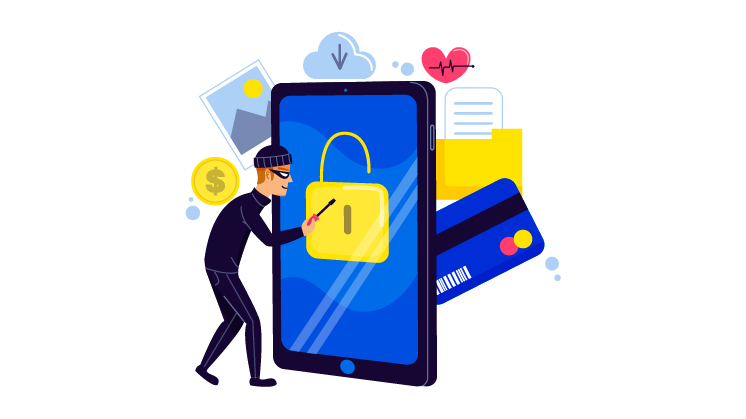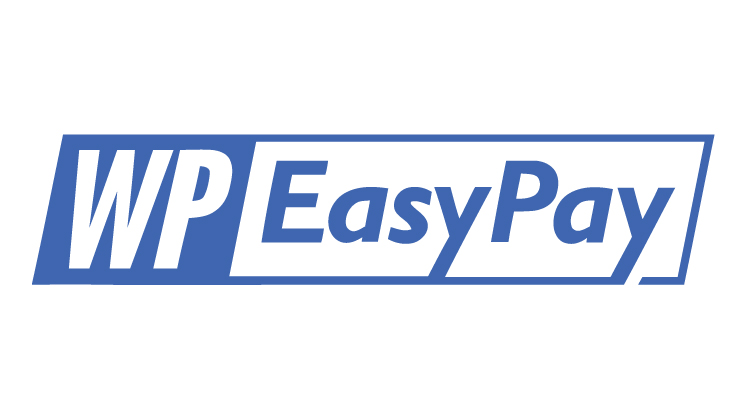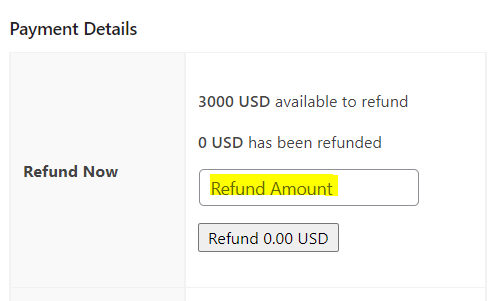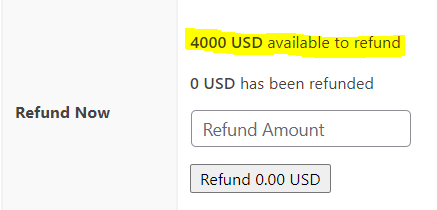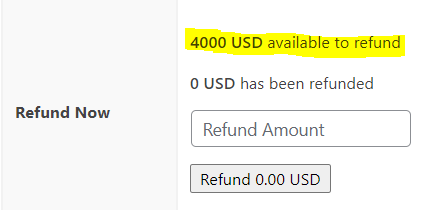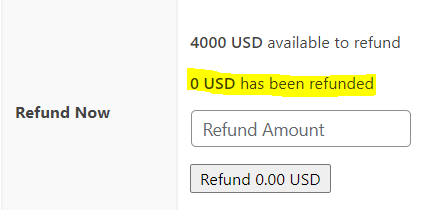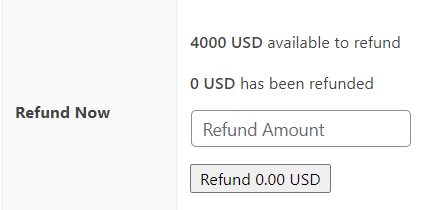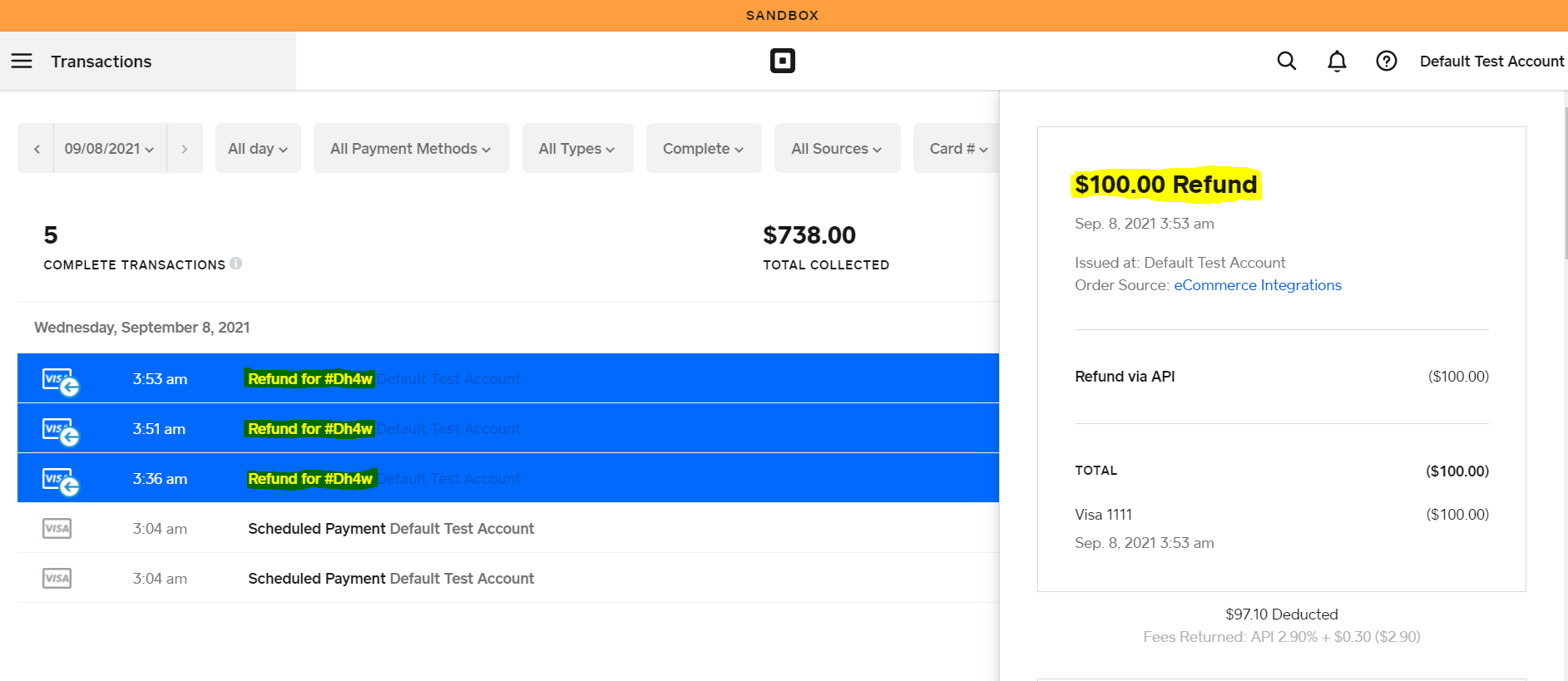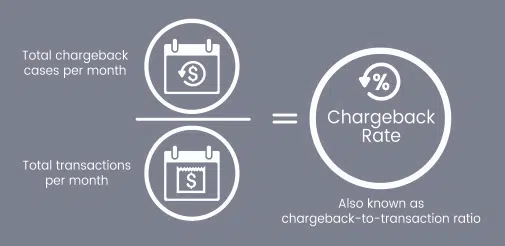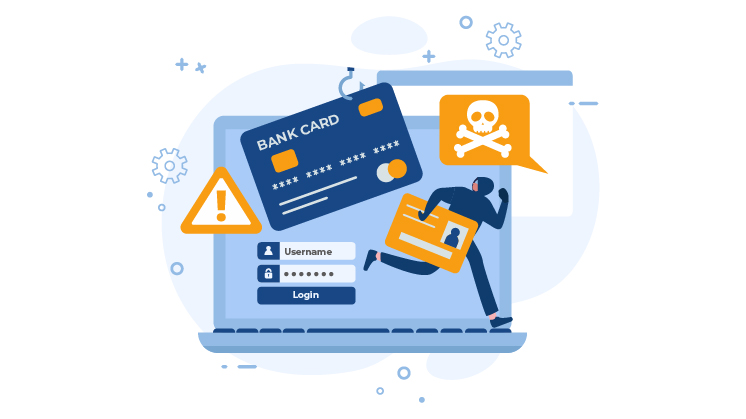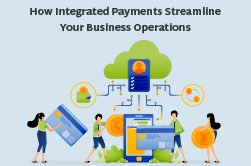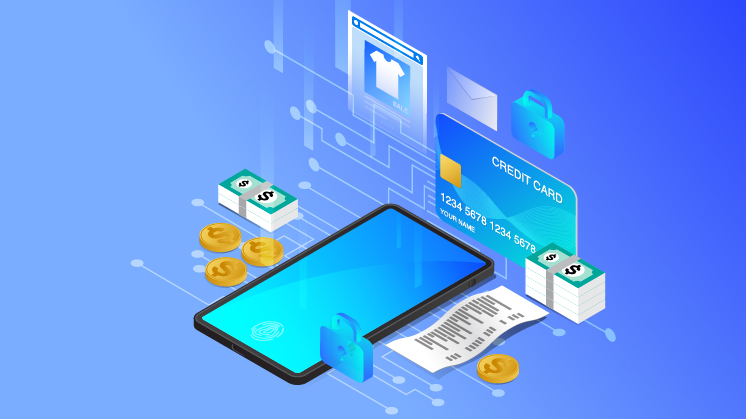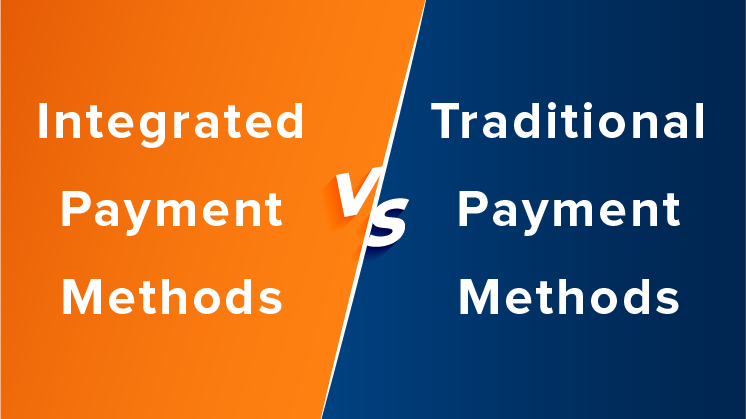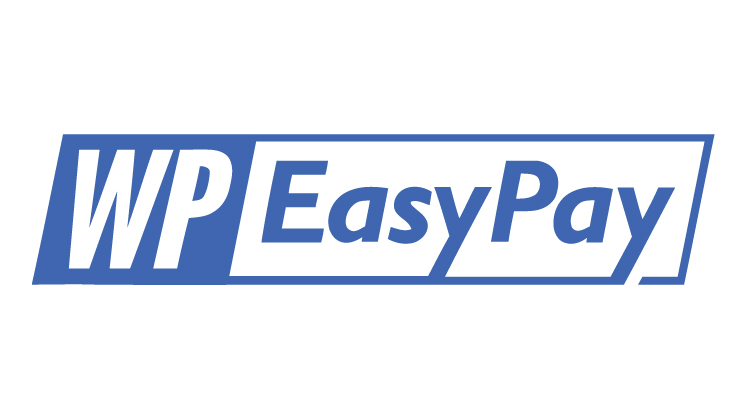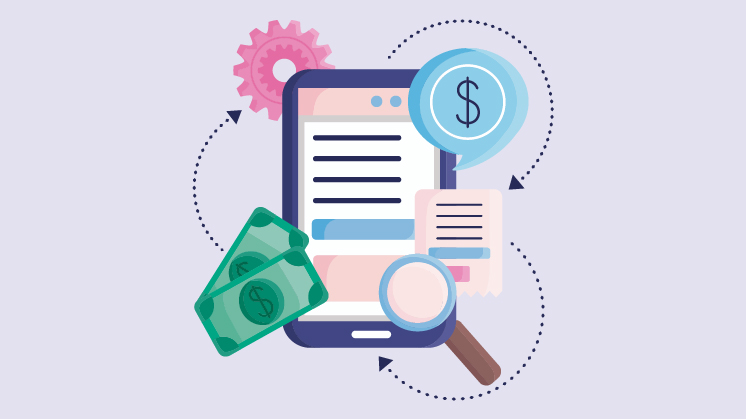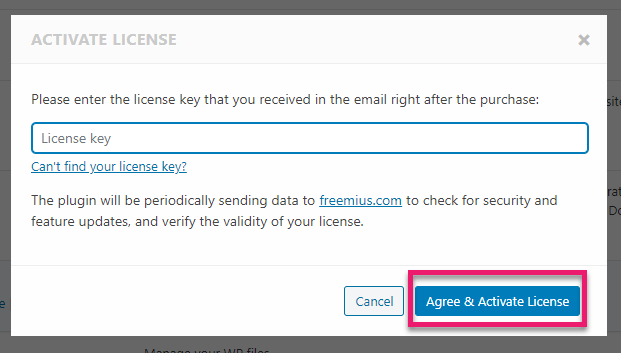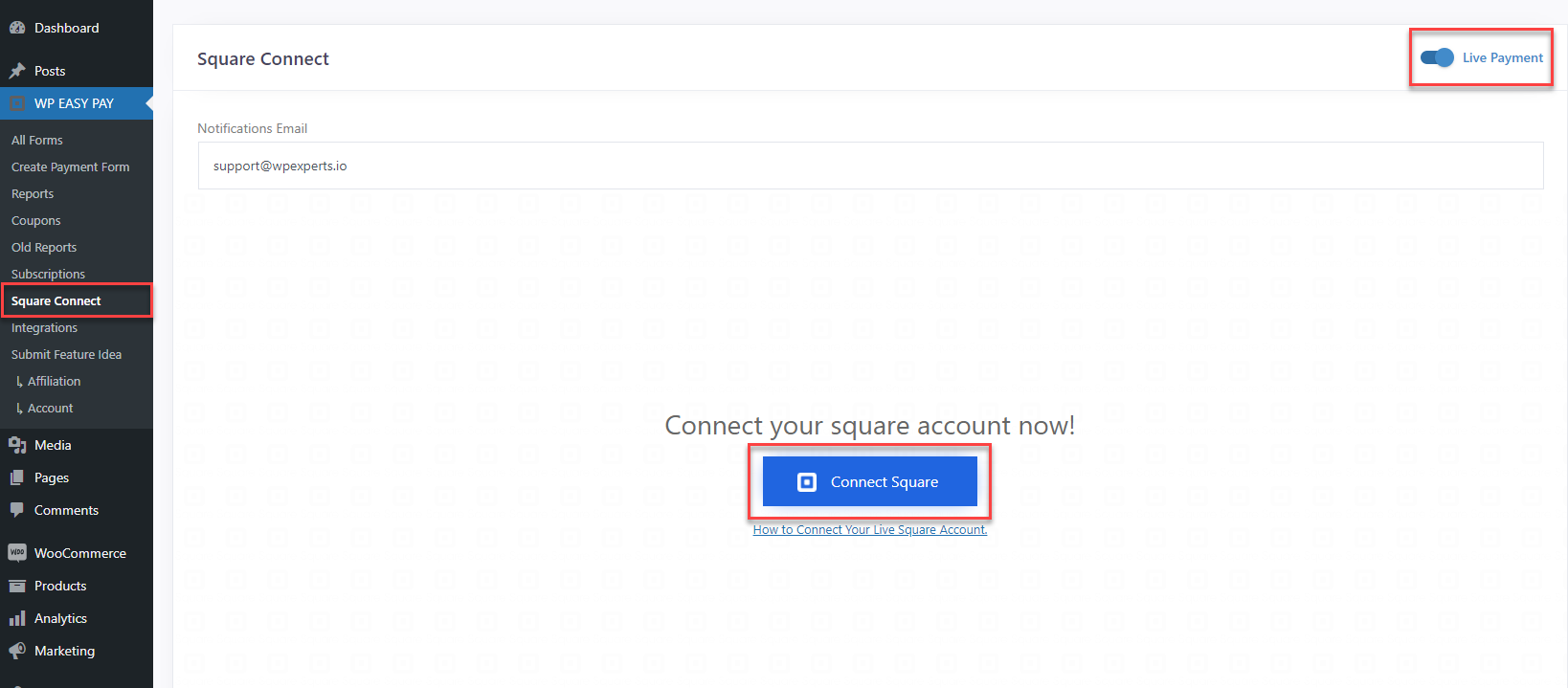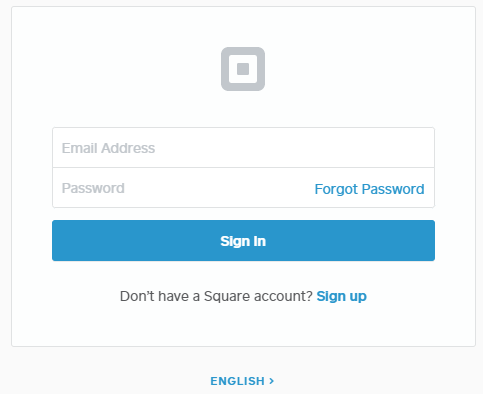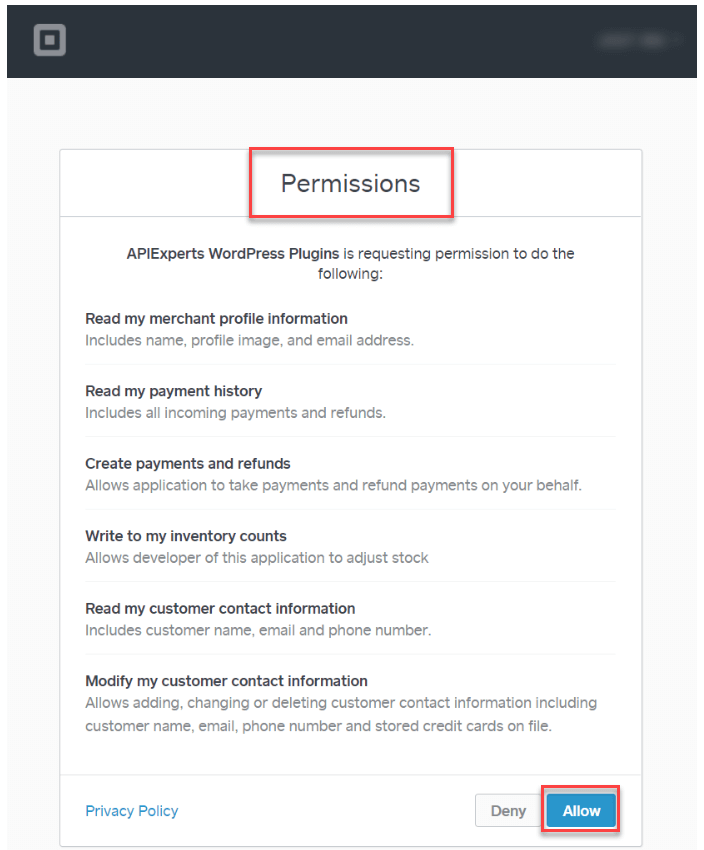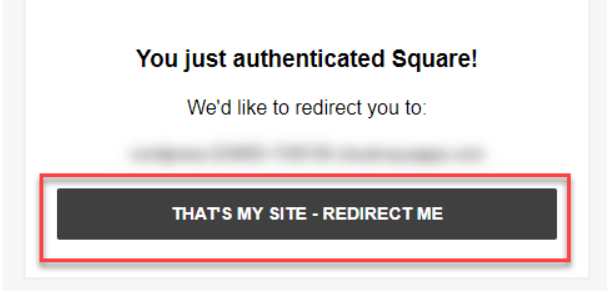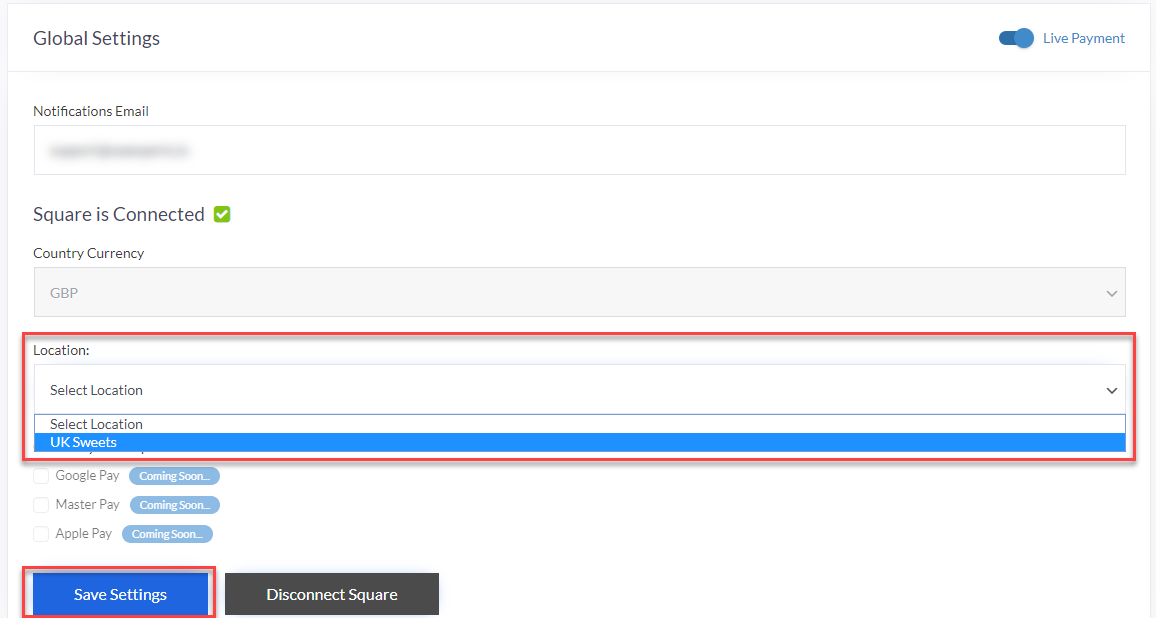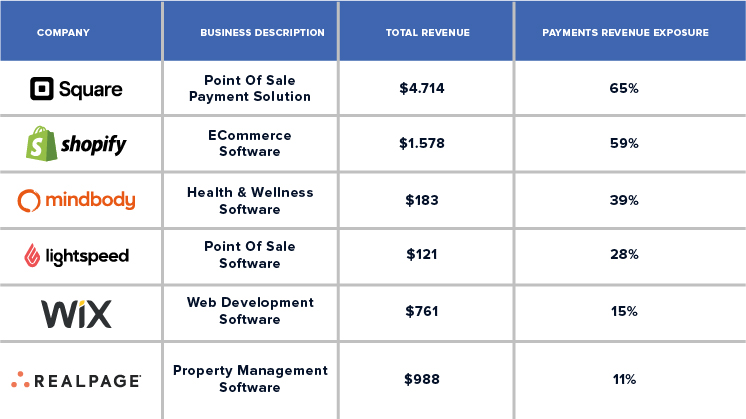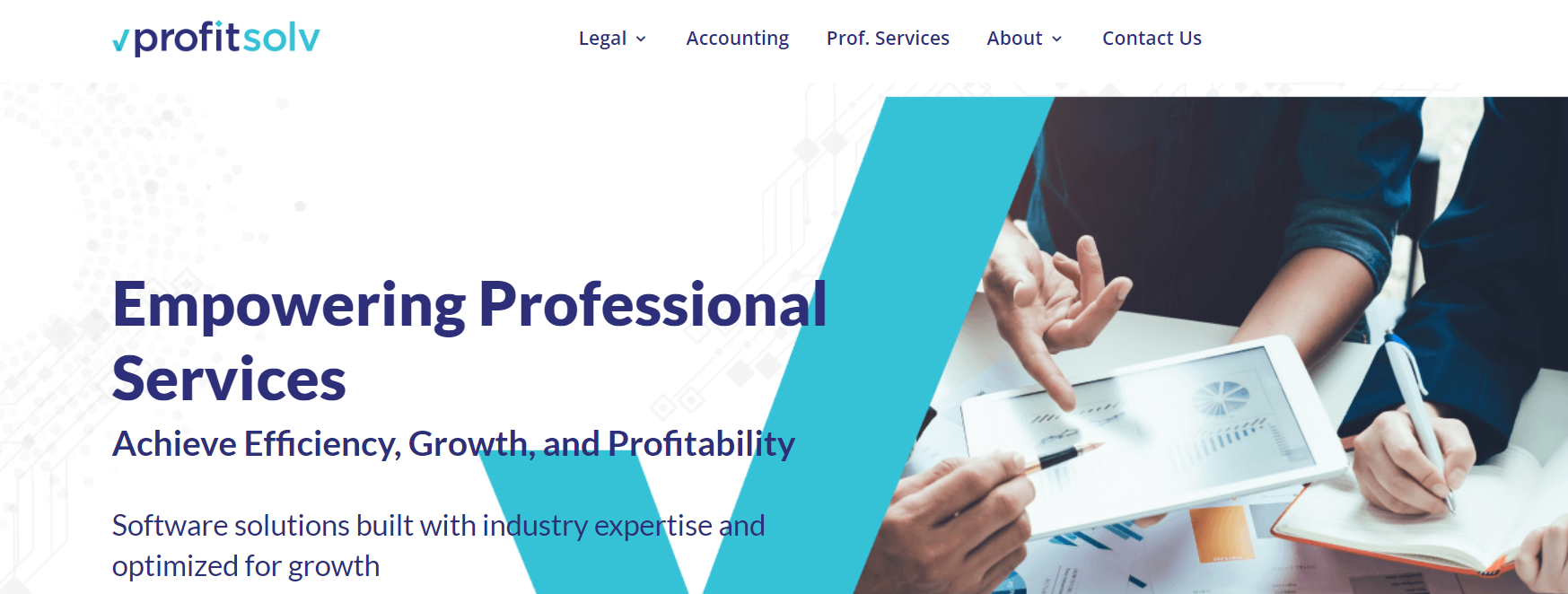Payment Gateways are the backbone of online transactions, enabling merchants and customers to exchange money securely and conveniently. However, the payment industry is not static; it constantly evolves with new technologies, regulations, and customer expectations.

As we step into 2023, it is more important than ever to stay ahead of the curve and be aware of emerging trends and technologies to revolutionize the payment gateway landscape.
According to webinarcare, by 2030, the global payment gateway market will be worth around $132 billion, with a compound annual growth rate of 22%.
In this article, we will explore some of the emerging payment gateway trends and technologies that will shape the future of online commerce in 2023 and beyond. So, let’s find out what 2023 has in store for payment gateways.
The Present Landscape of Payment Gateways
Currently, payment gateways are experiencing rapid growth, and numerous service providers strive to deliver optimal solutions for online merchants and customers. By serving as a bridge between buyers and sellers in the digital world, payment gateways facilitate the transfer of funds securely and conveniently. They empower merchants to accept a wide range of payment methods, including credit cards, debit cards, e-wallets, bank transfers, and even cryptocurrencies.

Industry giants like PayPal, Stripe, Adyen, Authorize.Net, Braintree, Worldpay, Square, Amazon Pay, Shopify Payments, and Klarna are prominent payment gateway players. These players are commanding significant market shares depending on their target region and segment.
For instance, in the United States, PayPal dominates the eCommerce payment gateway market with an impressive 44% share, followed by Stripe at 19% and Authorize.Net at 9%. On the other hand, in Europe, Adyen leads the market with a 27% share, trailed by Klarna at 10% and PayPal at 9%.
Despite the growth and innovation in the payment gateway market, some challenges are faced by payment gateways and their clients. Some of these challenges are:
- Security and Fraud Prevention: Since payment gateways have access to sensitive customer information, they must comply with regulations like PCI DSS, GDPR, PSD2, and SCA. They also need to implement advanced fraud detection and prevention tools, such as biometrics, tokenization, encryption, machine learning, and artificial intelligence.
- Regulation and Compliance: As payment gateways navigate the legal framework of the payment industry in different jurisdictions, regulatory compliance is a major concern. Besides consumer protection, data privacy, anti-money laundering, tax reporting, and licensing requirements, payment gateways must also adhere to evolving regulations like PSD2, open banking, and SCA.
- Competition and Innovation: With intense competition and evolving customer preferences, payment gateways need to embrace emerging technologies. To stand out among competitors, banks, fintech, card networks, regulators, and merchants must work together, which can be challenging.
- Customer Experience and Retention: In the quest for better customer experience and retention, payment gateways face the challenge of delivering seamless and effortless payment processes. To achieve that, they must offer value-added services such as loyalty programs, rewards, and discounts while minimizing cart abandonment and boosting conversions through diverse payment options and swift checkout processes.
To overcome these challenges, payment gateways must adopt new and emerging technologies that can reshape the path of online payments—some of these cutting-edge technologies we have discussed below.
Emerging Technologies in Payment Gateways
Payment gateways are adapting to the changing needs and expectations of customers and merchants and leveraging new technologies to offer innovative and value-added solutions. Below, we will discuss some of the most innovative emerging technologies that are transforming the payment gateway industry and creating new opportunities and challenges.
↠ Blockchain and Cryptocurrencies
Blockchain, a decentralized and transparent ledger system, offers enhanced security, immutability, and trust for online transactions. Cryptocurrencies like Bitcoin and Ethereum provide an alternative payment method that bypasses traditional financial institutions.
As the popularity of blockchain and cryptocurrencies continues to rise, cryptocurrency market valuations are expected to reach $6 Trillion by 2025.
Integrating blockchain technology and cryptocurrencies into payment gateways allows transactions to be conducted securely and efficiently, with reduced fees and faster processing times.
Moreover, the decentralized nature of blockchain ensures that payments can be made globally without intermediaries, making it a promising solution for cross-border transactions.
↠ Artificial Intelligence (AI)
Undoubtedly, AI (Artificial Intelligence) has the potential to revolutionize payment gateways by enabling smarter fraud detection and prevention, personalized customer experiences, and efficient transaction processing. With advanced algorithms AI can analyze vast amounts of data in real-time, detecting suspicious patterns and identifying potential fraud attempts.
The best part is that AI-powered chatbots and virtual assistants can provide round-the-clock customer support, addressing queries and resolving issues promptly, thereby improving overall customer satisfaction.
Here are a few challenges that AI is facing to fully immerse with payment gateways:
- Integration Challenges: Incorporating AI into existing payment gateway systems can be complex and require significant technical expertise.
- Data Privacy Concerns: AI relies on vast amounts of data, including sensitive customer information, which raises concerns about data privacy and security.
- Regulatory Guidelines: Implementing AI in payment gateways must adhere to various regulations, such as GDPR, to ensure the ethical and legal use of customer data.
- Adoption Barriers: Some businesses may be hesitant to adopt AI due to the initial investment costs, potential disruptions to existing processes, and the need for employee training.
↠ Internet of Things (IoT)
In simple words, the Internet of Things (IoT) refers to a network of physical objects or devices that are connected to the Internet and can communicate with each other to perform various tasks.
In the context of payment gateways, IoT offers seamless and convenient payment experiences. IoT devices such as smartwatches, connected cars, and smart home devices can be equipped with payment capabilities, allowing users to make payments with a simple tap or voice command. This eliminates the need for physical payment cards or devices, streamlining the checkout process.
Aside from that, IoT-enabled payment gateways can collect valuable data on consumer behaviour and preferences, enabling merchants to offer personalized promotions and targeted marketing campaigns.
↠ Virtual and Augmented Reality
Imagine shopping for a new pair of shoes without leaving your couch. You put on your VR headset and enter a virtual shoe store, where you can browse through hundreds of styles and brands. You pick a pair that catches your eye and try them on virtually, tap your VR controller to confirm your payment via your voice or a gesture.
On the other hand, let’s think of buying a new TV for your living room. With a smartphone and open an AR app, you can see how different models and sizes of TVs would look on your wall. Once you’ve decided, simply scan a QR code on your screen and confirm your payment with your fingerprint or face recognition.
These are just some examples of how VR and AR can transform how we shop and pay for things online. VR and AR can create immersive and engaging payment experiences that are convenient, personalized, and fun. They can also open up new opportunities for payment gateways to reach new customers, markets, and segments.
5 Most Popular Payment Gateway Trends for 2023
As we step into the future of online commerce, the payment gateway industry will experience rapid and profound change due to technological innovations, customer expectations, and regulatory developments, which lead to emerging trends based on consumer preferences and needs.
Following is the list of the top five payment gateway trends that are likely to dominate the landscape in 2023 and beyond:
- Mobile Wallets
- NFC Contactless Payments
- Virtual Gift Cards
- Peer To Peer (P2P)
- Voice-Activated Payments
#1: Mobile Wallets
Mobile wallets have surged in popularity in recent years and are projected to maintain their upward trajectory in 2023. These digital payment platforms, such as Apple Pay, Google Pay, and Samsung Pay, allow users to store their payment information securely on their mobile devices and make contactless payments with a simple tap.
As per Allied Market Research, with a CAGR of 28%, the global mobile wallet market could reach about $8 trillion by 2027.
This growth is fueled by the rising popularity of smartphones and the internet, the rising adoption of contactless payments due to the COVID-19 pandemic, and supportive government initiatives and regulations for digital payments.
As mobile payment adoption continues to grow, payment gateways need to adapt to meet this growing demand by integrating mobile wallet functionality and providing a secure and user-friendly payment experience.
#2: NFC and QR Contactless Payments:
NFC (Near Field Communication) and QR (Quick Response) code technology enable contactless payments by allowing two devices to communicate when they are in close proximity.
Both forms of contactless payments offer numerous advantages. They provide a touchless payment experience, which is especially relevant in a post-pandemic world where hygiene and safety are paramount. Additionally, these payment methods offer speed, convenience, and versatility, allowing users to transact in various settings, from retail stores to public transportation systems.
Embracing NFC and QR contactless payments allows payment gateways to seamlessly enable merchants to accept these payment methods, enhancing customer satisfaction, driving adoption, and keeping pace with the rapidly evolving payment landscape in 2023 and beyond.
#3: Peer To Peer (P2P):
Peer-to-peer payments (or P2P payments for short) allow two individuals to send and receive money directly without involving intermediaries. P2P payments have been present for some time, but they are gaining popularity as consumers increasingly seek convenient methods for seamless money transfers.
With popular platforms like Venmo, PayPal, Square Cash, and Zelle leading the way, P2P payments offer convenience, speed, and security that consumers love. Not only are individuals benefiting from these transactions, but businesses are also embracing P2P payments to enhance their payment options.
As the P2P online payment market is projected to reach about $26 Million in 2022, embracing P2P functionality is increasingly crucial for payment gateways to stay ahead in the digital payments landscape.
#4: Virtual Gift Cards:
In online payments, a new trend is taking centre stage – virtual gift cards. In 2023, the concept of gift cards is going mainstream, bringing joy to both customers and merchants.
Nowadays, customers expect the flexibility of using a gift card purchased at a retail store for online purchases and vice versa. This slick integration of virtual gift cards across platforms has become a standard practice.
For merchants, offering virtual gift cards comes with a multitude of benefits, such as:
- It significantly reduces the risk of fraud, ensuring that transactions remain secure.
- Boost sales by attracting more customers and driving repeat purchases. They also serve as a valuable tool for matching unique inventory with specific customer preferences, further enhancing the shopping experience.
- Increase foot traffic, entice new customers, reward loyal ones, foster customer loyalty, and much more, etc.
The increasing popularity of this trend forces payment gateways to facilitate the smooth integration and redemption of virtual gift cards, providing a smooth experience for both merchants and customers.
#5: Voice-Activated Payments:
With the increasing prevalence of smart speakers and virtual assistants like Amazon Alexa and Google Assistant, consumers now have the ability to make payments using voice commands. This hands-free and convenient payment method is gaining momentum as more and more consumers embrace the smart home ecosystem.
Voice-activated payments enable users to interact with voice assistants such as Amazon Alexa, Google Assistant, Apple Siri, or Samsung Bixby to initiate and authorize transactions through their smart devices.
Currently, voice payments are predominantly used for minor eCommerce transactions. However, with the continuous advancements in technology, the potential for voice-activated payments to handle more significant and intricate transactions is on the horizon.
Therefore, payment gateways have to develop robust solutions that seamlessly integrate with virtual assistants, ensuring a secure and frictionless payment experience for users.
Future Implications and Outlook: What’s Next for Payment Gateways?
In the foreseeable future, technologies like Blockchain and Artificial Intelligence will revolutionize the online payment industry, and payment gateways will be integral to facilitating secure and seamless digital transactions.
Following are a few of the ways that show the potential impact of emerging technologies to shape the trajectory of payment gateways:
- Enhanced Data Analytics: By leveraging AI-powered tools, payment gateways will gain valuable insights into consumer behaviour, enabling merchants to offer personalized promotions and targeted marketing campaigns.
- Tokenization and Secure Payment Tokens: Tokenization will become a standard practice in payment gateways, replacing sensitive customer information with unique tokens, making transactions more secure, and protecting users’ financial data.
- Cross-Border Payments and Digital Wallets: Using digital wallets and cryptocurrencies, payment gateways will facilitate faster and more cost-effective cross-border payments.
The future of payment gateways is bright and exciting but also complex and uncertain. Payment gateways should be agile and proactive in responding to the emerging trends and technologies underpinning the payment industry. By doing so, they can create value for their customers, partners, and themselves and contribute to the growth and development of the digital economy.
The Bottom Line
As for technology and regulations, no matter what changes in online commerce, payment gateways are at the forefront of this transformation. As we look to the future, it’s important to embrace emerging payment gateway trends and technologies that will shape the future of online payments.
The possibilities are endless, from blockchain and cryptocurrencies to artificial intelligence and voice-activated payments. However, choosing the right online payment gateway can be difficult. That’s where WP EasyPay can help. It’s a global Square payment plugin for WordPress that simplifies the way your website accepts payments.
So, what’s holding you back? Give it a try today and experience the ease and convenience of Square payments for your business and initiate transfers at virtually any time.

